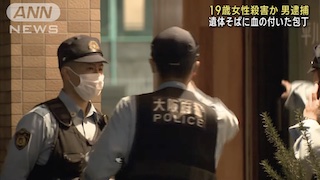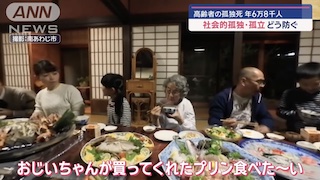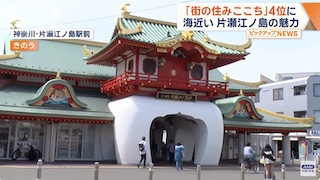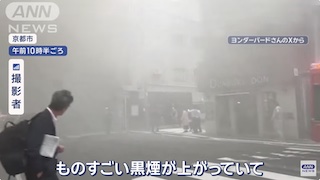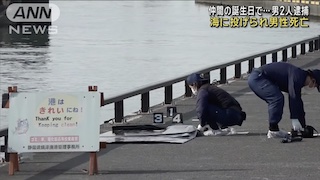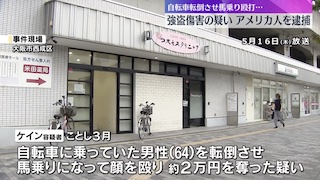Mar 13 (Japan Times) - “Fukushima is famous for agriculture, and its coastal region was once one of the richest rice-growing areas (in Japan),” Ryoichi Sato says, highlighting one of the prefecture’s prized assets.
Sato was forced to abandon his hometown of Odaka, part of Minamisoma in Fukushima Prefecture, for six years following the earthquake, tsunami and nuclear disasters that devastated the region in March 2011, returning in 2017 to found a company called Kohbai Yume Farm.
Named after the kōbai plum flower that used to be the town’s symbol and combining it with the Japanese word for “dream,” the farming venture relies on “smart agriculture,” using machinery such as drones and information and communication technology to make up for a shortage of workers.
Ten years on from the 2011 triple disaster, agriculture in the region is tentatively getting back on its feet. While farming has resumed even in areas that had once been evacuated, reviving the market for Fukushima products — rice, cucumbers, peaches, flowers and beef among them — remains a formidable challenge.
While agriculture, forestry and fisheries account for just 2% of Fukushima’s economy, agricultural land occupies about a tenth of the vast prefecture’s surface.
Following the 2011 calamity, cultivated areas decreased from more than 110,000 hectares to a little over 100,000. Vast swathes of land lay fallow for years, and even with the progressive reopening of the evacuation zone, agriculture’s revival has been slow. There simply aren’t that many farmers in the region.
Almost 82,000 people in Fukushima Prefecture relied on farming as their main source of income in 2010. A decade later, the number has fallen by 30,000 — not only as a result of the evacuation but also because of an aging population, says Yumiko Utsumi of the prefecture’s Agriculture and Forestry Planning Division.
Signs of agricultural recovery are matched by those of prolonged decline. While the value of rice — one of the prefecture’s main crops — is closing the gap compared to the national average, certain crops haven’t recovered from the price collapse set off by the nuclear disaster. For example, after selling for as little as ¥222 per kilogram compared to a Japan-wide average of ¥406 per kilogram in 2011, Fukushima’s famous peaches were being sold for ¥503 per kilogram versus ¥622 nationally in 2019.
And while more than 90% of Fukushima’s agricultural production value has recovered from a 20% drop following the disaster, this prefecture-wide statistic conceals a bleaker picture in the 12 evacuated municipalities in the Soso district, part of Fukushima’s eastern Hamadori region. Here, farming has resumed on a third of 17,000 hectares once tended by more than 10,000 people.
After March 2011, Keitaro Tanoi, a professor at the University of Tokyo’s Isotope Facility for Agricultural Education and Research, started making regular trips to Fukushima Prefecture to measure environmental and farmland contamination.
“My research had always been based in the lab, but after the accident, my main task was to check radiation levels and explain what they meant to the public,” Tanoi says.
Radiocesium, a radioactive isotope produced by nuclear fission, was released in large amounts by the explosions at the Fukushima No. 1 nuclear power plant. Cesium-134 has a half-life (a measure of the time it takes for radioactive atoms to lose half of their radioactivity) of two years, while cesium-137, with a half-life of 30 years, is the principal cause of contamination nowadays.
In the months following the nuclear disaster, high levels of radiation were found in products such as beef, leaf vegetables, mushrooms and bamboo shoots throughout Tohoku and the northern Kanto Plain. Tea leaves containing radiation above safety limits were discovered as far away as Shizuoka Prefecture.
However, it was somewhat fortuitous that the nuclear accident occurred in early March, when there were few crops in the fields, Tanoi says. Rice, for example, is planted in spring.








